
Image courtesy LVMH.com
Calling it a “good start to 2024 despite challenging environment,” LMVH 2024 Q1 financials reported company-wide 3% organic revenue growth over the same period of 2023. Whether this signals slower growth for the luxury goods industry as a whole remains to be seen, as LVMH is among the first to report.
Faced with a strong negative currency impact (-4%) and a structure impact (-1%), constant revenue growth was in negative territory – down 2% Revenues for Q1 were lower than for the same period in 2023: €20.69 billion in Q1 as compared to €21.035 billion in 2023 Q1.
Just to remind you, Q1 2023 was particularly strong with revenues soaring 17% due to Fashion & Leather Goods and strength in Asia. China was rebounding from health restrictions that affected sales and travel in 2022. Put another way, 2024 Q1 results had a high comparison basis. These results are something of a continuing normalization.
LVMH Revenues Soar 17% in Q1 of 2023 Due to Asia and Fashion & Leather Goods
LVMH Revenues Increased in 2023, With a Push from Q4 Sales
In the presentation, LVMH attempted to put the results in context. Over the last five years, the group as a whole has experienced 10% growth. For the Fashion & Leather Goods line, it was 16%.
Looking at the business lines, Fashion & Leather Goods, by far LVMH’s largest, also experienced a revenue decline for this quarter over Q1 of 2023. Up 2% on an organic basis, revenues are down -2% when factoring in a -4% currency effect. Although LVMH does not break down results by brand, Louis Vuitton is LVMH’s largest name, followed by Dior, Fendi, et al.
Interestingly, in response to a question, LVMH CFO Jean-Jacques Guiony said that the bulk of the growth in Fashion & Leather Goods was from price, about 2%. However, it also was noted, that while other brands have increased prices in 2024, Louis Vuitton has not. Yet, anyway.
The Wines & Spirits division declined the most, with organic revenues down 12%, -16% reported growth. This was largely attributed to slower Champagne sales and hangover inventory of Hennessy.
Watches & Jewelry revenues also declined, resulting in -2% organic growth and -5% reported.
Selective Retailing – which includes Sephora and is now LVMH’s second largest business line – experienced 11% organic growth (5% reported. Perfumes & Cosmetics also were up 7% organic (3% reported).

Image courtesy @idea.architect
Geographically, the revenue mix is largely the same as one year ago. Asia (not including Japan) – which is generally considered the Chinese market – declined to 33% from 37%. Japan picked up 2%, now 9%, which included travelers (likely from China) to Japan who found pricing advantageous due to a weakened yen.
For this quarter, the US, France, and other markets were stable at 23%, 7%, and 13% of revenue, respectively. The percentage of revenues from Europe (excl France) increased to 15% from 14%, perhaps due to improved tourism. Guiony noted that it doesn’t matter where people purchase, as long as they do.
Addressing the US aspirational consumer, Guiony said that as this group continues to deal with inflation there are disappointing numbers, though the company is seeing a slight gradual improvement. He remarked that the US market effectively is bifurcated – the aspirational customer and the top-end client who seems to be less affected.
When asked whether the quiet luxury trend would lead the company to lean into higher-end fabrications, like leather over canvas, Guiony said different styles attract different people. Not all clients embrace quiet luxury and LMVH needs to do it all. Nevertheless, Guiony noted (as did the report) the growth of Loro Piana in handbags.
What do you think the future (or this year) holds for the luxury goods market? Have you changed your purse purchasing patterns? Let us know.
Love, PurseBop
XO
Updated: April 17th, 2024




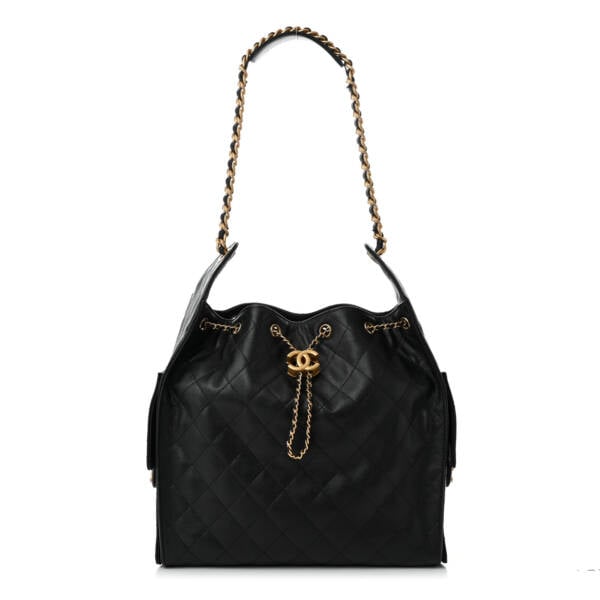
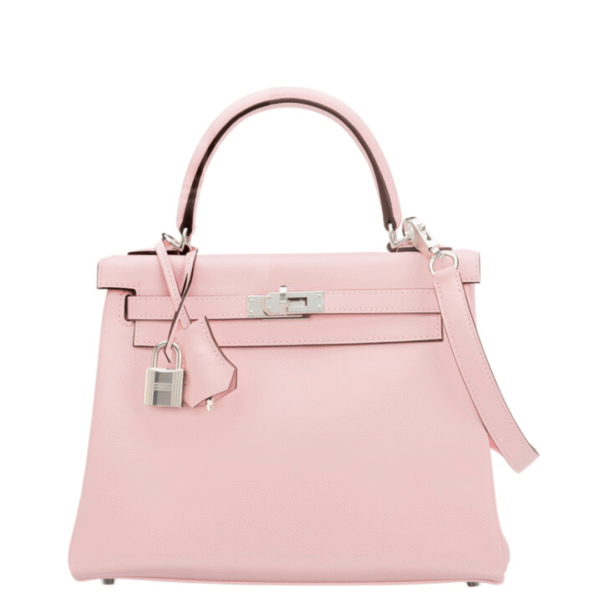
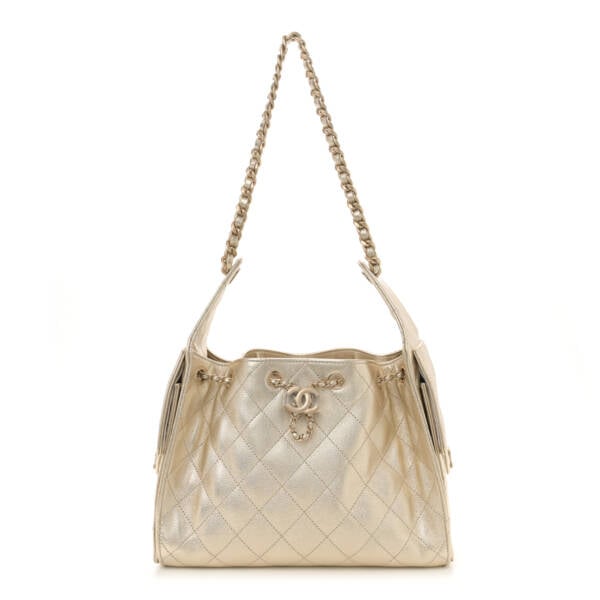
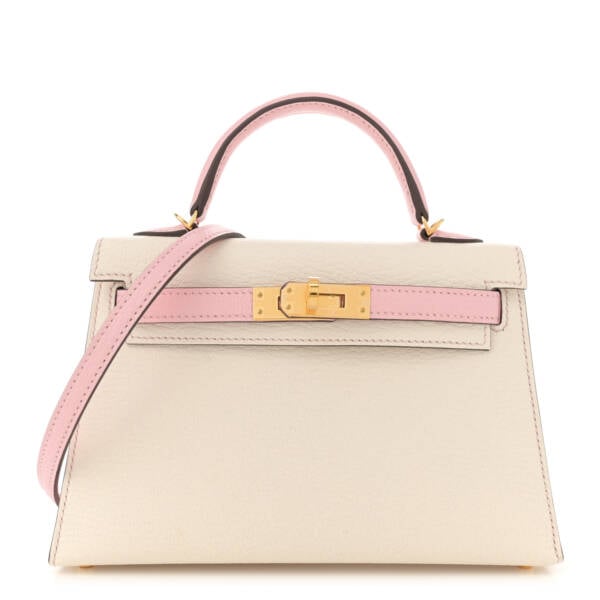
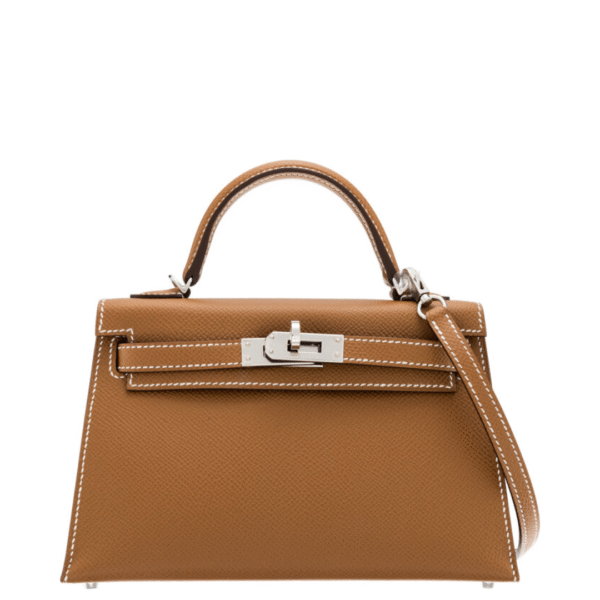
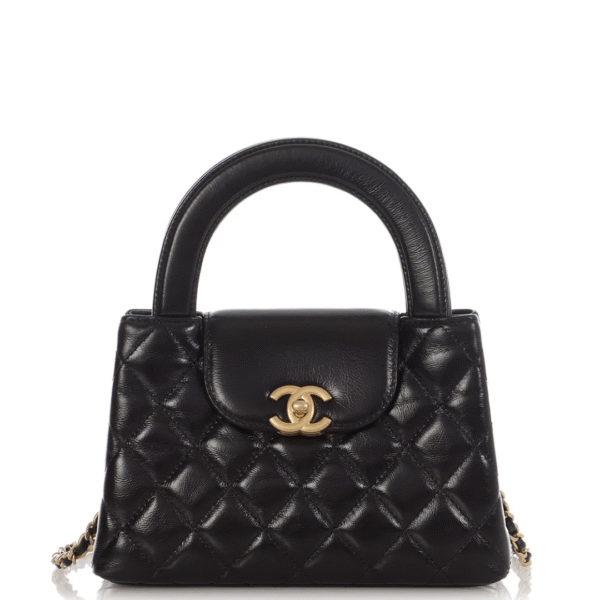
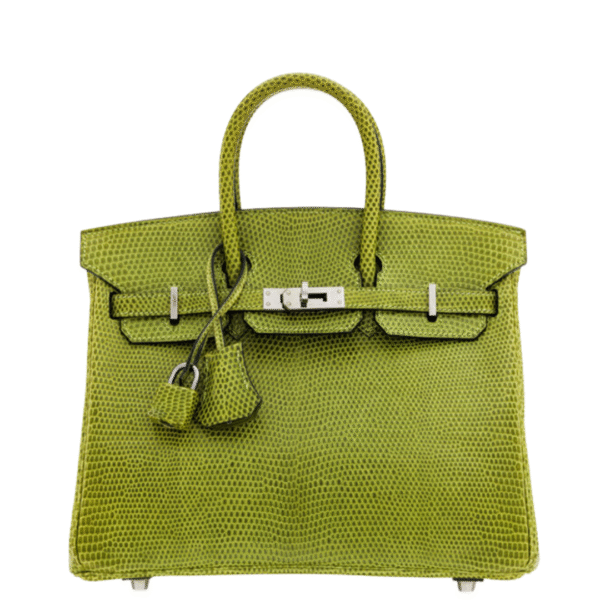
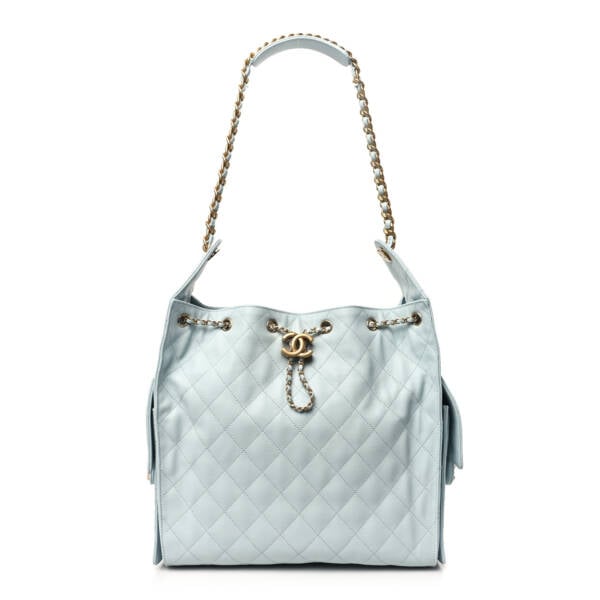
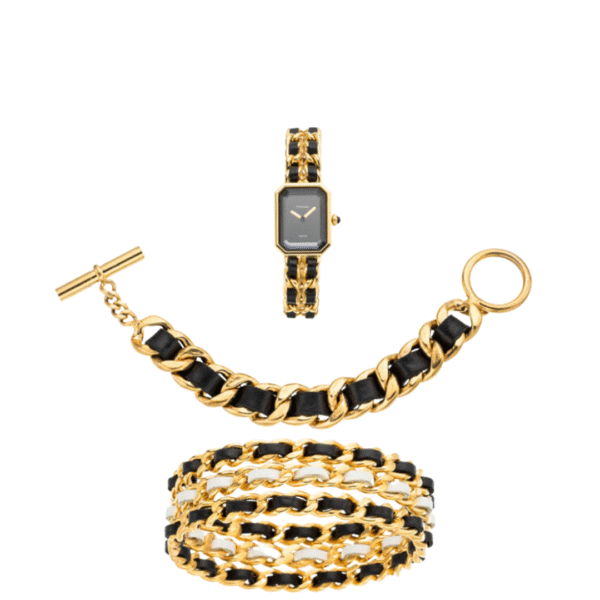

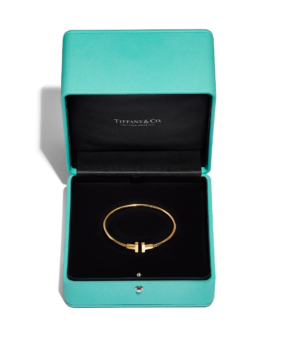


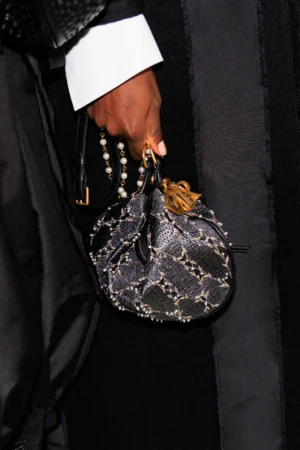


Comments
1 Responses to “LVMH Reports Slower Revenue Growth for 2024 Q1”
THIS IS HOW YOU CAN RECOVER YOUR LOST CRYPTO? Are you a victim of Investment, BTC, Forex, NFT, Credit card, etc Scam? Do you want to investigate a cheating spouse? Do you desire credit repair (all bureaus)? Contact Hacker Steve (Funds Recovery agent) asap to get started. He specializes in all cases of ethical hacking, cryptocurrency, fake investment schemes, recovery scam, credit repair, stolen account, etc. Stay safe out there!
[email protected]